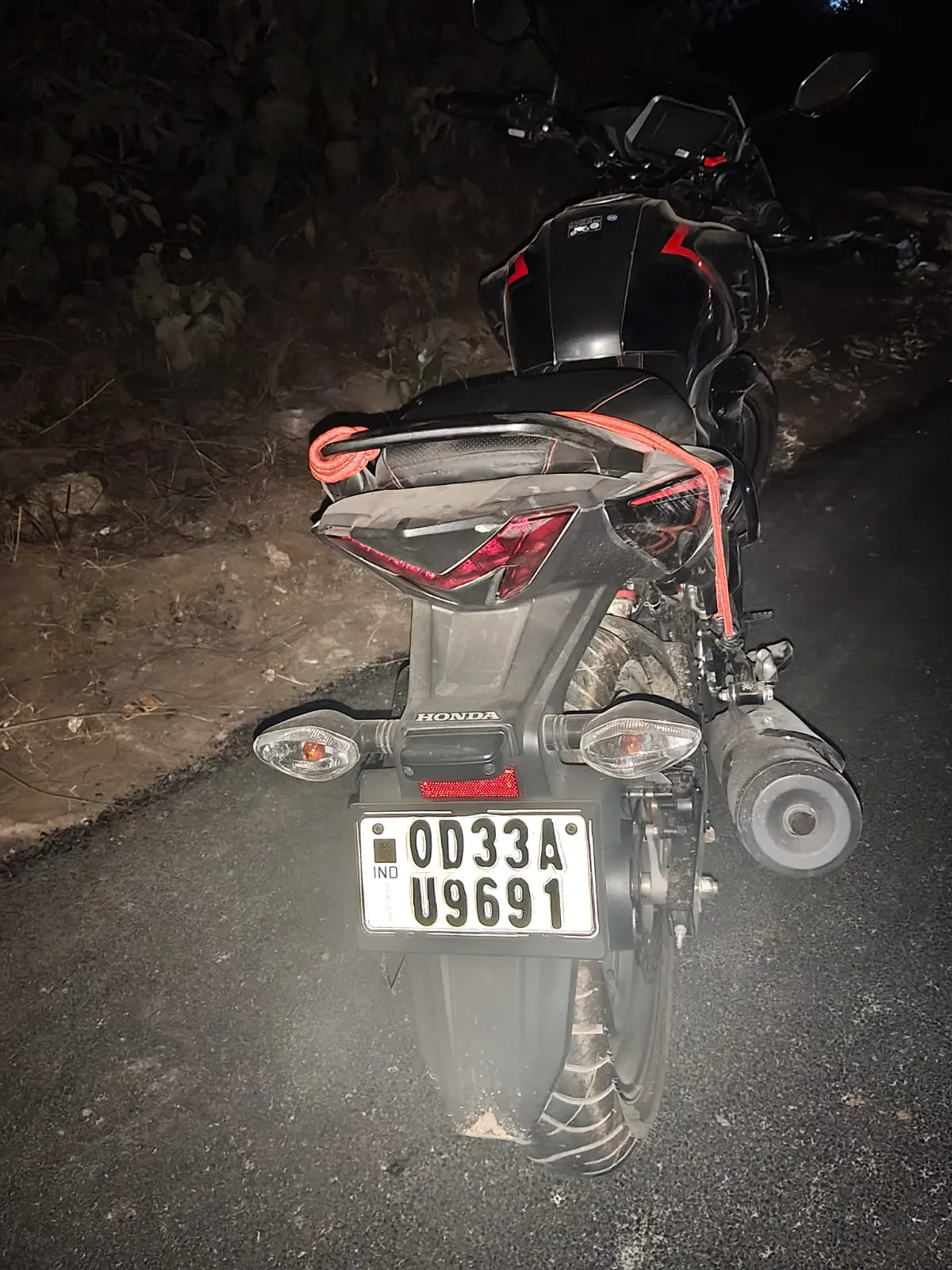

Bhubaneswar, Dec 26: In a tragic incident, a youth was crushed to death in Bhubaneswar on Friday.
The incident took place in the Andharua area of the city under the Chandaka Police limit this evening.
The deceased is yet to be identified.
According to report, the youth was commuting towards the city from the Andharua area riding his bike. Meanwhile, he lost control over his vehicle due to the flooding headlights of heavy vehicles that blurred his vision. As a result, the bike tossed the road-divider and within moments he was crushed to death reportedly by an Ama Bus passing on the same way.
The Chandaka Police rushed to the spot, seized the body with the two vehicles,involved in the accident.
An UD case in this connection has been registered. The body has been sent to the Capital Hospital for post-mortem, said the Police.
An investigation is underway to ascertain the identification of the deceased and the precise reason behind the mishap.